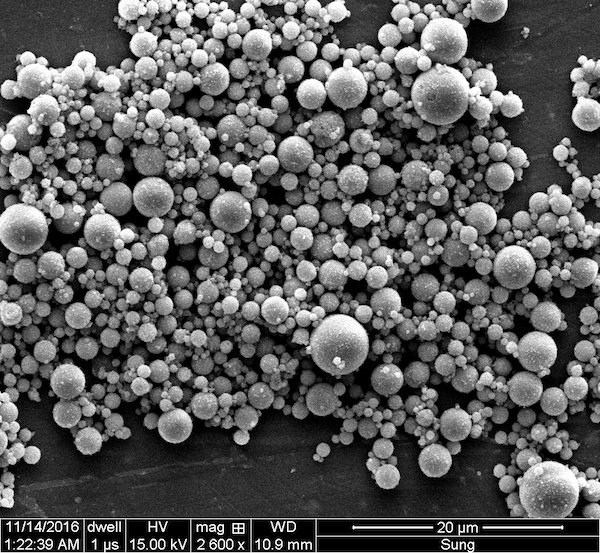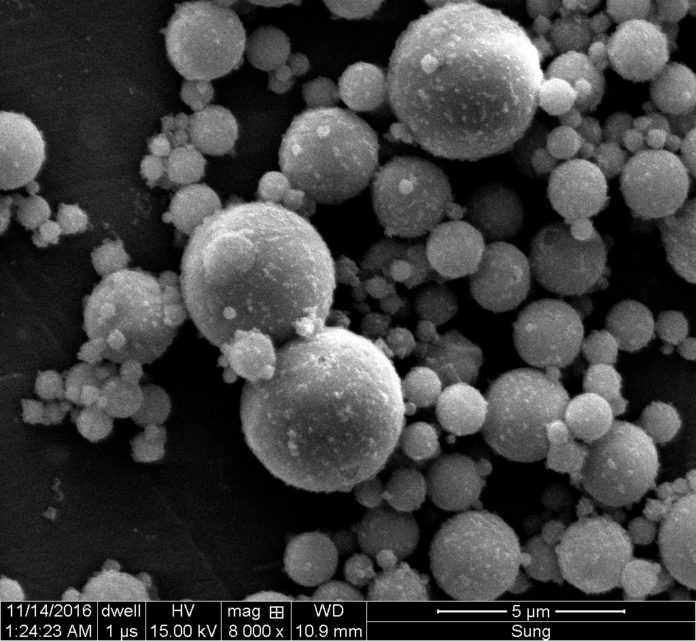Using fly ash, a byproduct of coal-fired power plants, Rice University scientists have developed a cementless and environmentally friendly composite binder.
In excess of 20 billion tons of cement are created far and wide consistently in an assembling procedure that contributes 5 to 10 percent of carbon dioxide to worldwide discharges, outperformed just by transportation and vitality as the biggest makers of the ozone harming substance.
Rice materials scientist Rouzbeh Shahsavari said, “Manufacturers often use a small amount of silicon- and aluminum-rich fly ash as a supplement to Portland cement in concrete. The industry typically mixes 5 to 20 percent fly ash into cement to make it green, but a significant portion of the mix is still cement.”
Scientists used Taguchi analysis, a statistical method developed to narrow the large phase space — all the possible states — of a chemical composition, followed by computational optimization to identify the best mixing strategies.

Shahsavari said, “This greatly improved the structural and mechanical qualities of the synthesized composites and led to an optimal balance of calcium-rich fly ash, nanosilica and calcium oxide with less than 5 percent of a sodium-based activator.”
“A majority of past works focused on so-called type F fly ash, which is derived from burning anthracite or bituminous coals in power plants and haslow calcium content. But globally, there are significant sources of lower grade coal such as lignite or sub-bituminous coals. Burning them results in high-calcium, or type C, fly ash, which has been more difficult to activate.”
“Our work provides a viable path for efficient and cost-effective activation of this type of high-calcium fly ash, paving the path for the environmentally responsible manufacture of concrete. Future work will assess such properties as long-term behavior, shrinkage and durability.”
The results are reported in the Journal of the American Ceramic Society.

